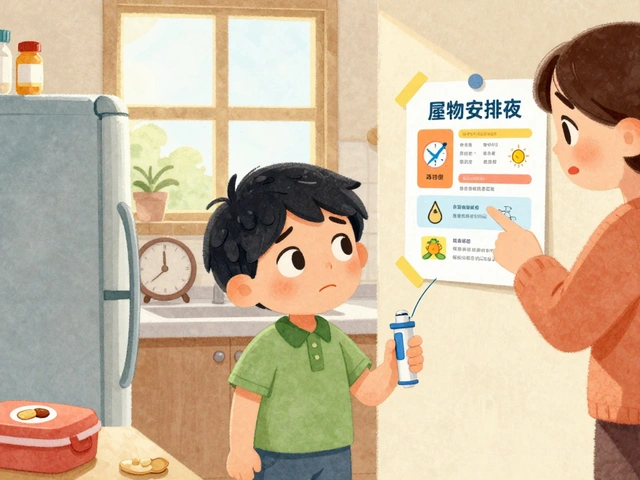Partial Agonists: How They Work and Why They Matter
Ever met a medicine that can both activate a receptor and calm it down at the same time? That’s a partial agonist. These drugs don’t push a receptor to its full effect like classic activators do, but they still trigger some action. That odd middle-ground makes them useful in several real-world treatments.
How partial agonists work
Think of a receptor like a light switch. A full agonist flips it fully on. An antagonist keeps it off. A partial agonist is a dimmer — it lights the room but not at full brightness. That means even if every receptor is occupied, the response stays limited.
Why care? Because that limited response can be protective. With opioids, for example, a partial agonist can ease pain but reduce the risk of dangerous breathing suppression compared with a full agonist. In psychiatry, partial agonists can balance neurotransmitters instead of pushing them too high or blocking them entirely.
Common examples and practical points
Here are a few drugs you’ve probably heard of that act as partial agonists and what that means in practice:
- Buprenorphine: Used for opioid use disorder and pain. It reduces withdrawal and cravings but has a ceiling effect on breathing problems, making it safer than some full opioids. Be careful: starting buprenorphine too soon after a full opioid can cause withdrawal.
- Aripiprazole: An antipsychotic used for schizophrenia and bipolar disorder. It gently nudges dopamine activity up or down, which can reduce symptoms with fewer side effects like severe sedation.
- Varenicline (Chantix): Helps people stop smoking by partially stimulating nicotine receptors. It reduces cravings while blocking the stronger effects of nicotine from cigarettes.
Partial agonists aren’t perfect. They can still cause side effects specific to the drug class, and they may interact with other medicines. For addiction treatment, timing and patient history matter — wrong timing can trigger withdrawal. For mental health drugs, some people may still need a different approach if response is too weak.
How do doctors pick them? When a steadier, safer modulation of a system is better than an all-or-nothing effect. If the goal is to stabilize a brain chemical or reduce risk while treating symptoms, partial agonists often make sense.
Bottom line: partial agonists are versatile tools. They provide a middle path between full activation and full blockade, and that middle path can be exactly what patients need in scenarios from quitting smoking to treating psychiatric conditions or opioid dependence. Ask your provider whether a partial agonist fits your situation and what special precautions to take.
21
Abilify Alternatives for 2025: New Medications Without Weight Gain Risks
Discover the safest Abilify alternatives in 2025. We review new antipsychotics and partial agonists that help avoid weight gain and lower metabolic risks.
Latest Posts
Popular Posts
-
 Acromegaly: Understanding Excess Growth Hormone and Effective Treatment Options
Acromegaly: Understanding Excess Growth Hormone and Effective Treatment Options
-
 Allergy Action Plan: Essential Medications to Carry and When to Use Them
Allergy Action Plan: Essential Medications to Carry and When to Use Them
-
 Generational Differences: How Age Shapes Attitudes Toward Generic Medications
Generational Differences: How Age Shapes Attitudes Toward Generic Medications
-
 Small Intestinal Bacterial Overgrowth: Breath Tests and Treatment Explained
Small Intestinal Bacterial Overgrowth: Breath Tests and Treatment Explained
-
 Pharmacist Recommendations: When to Suggest Authorized Generics
Pharmacist Recommendations: When to Suggest Authorized Generics



